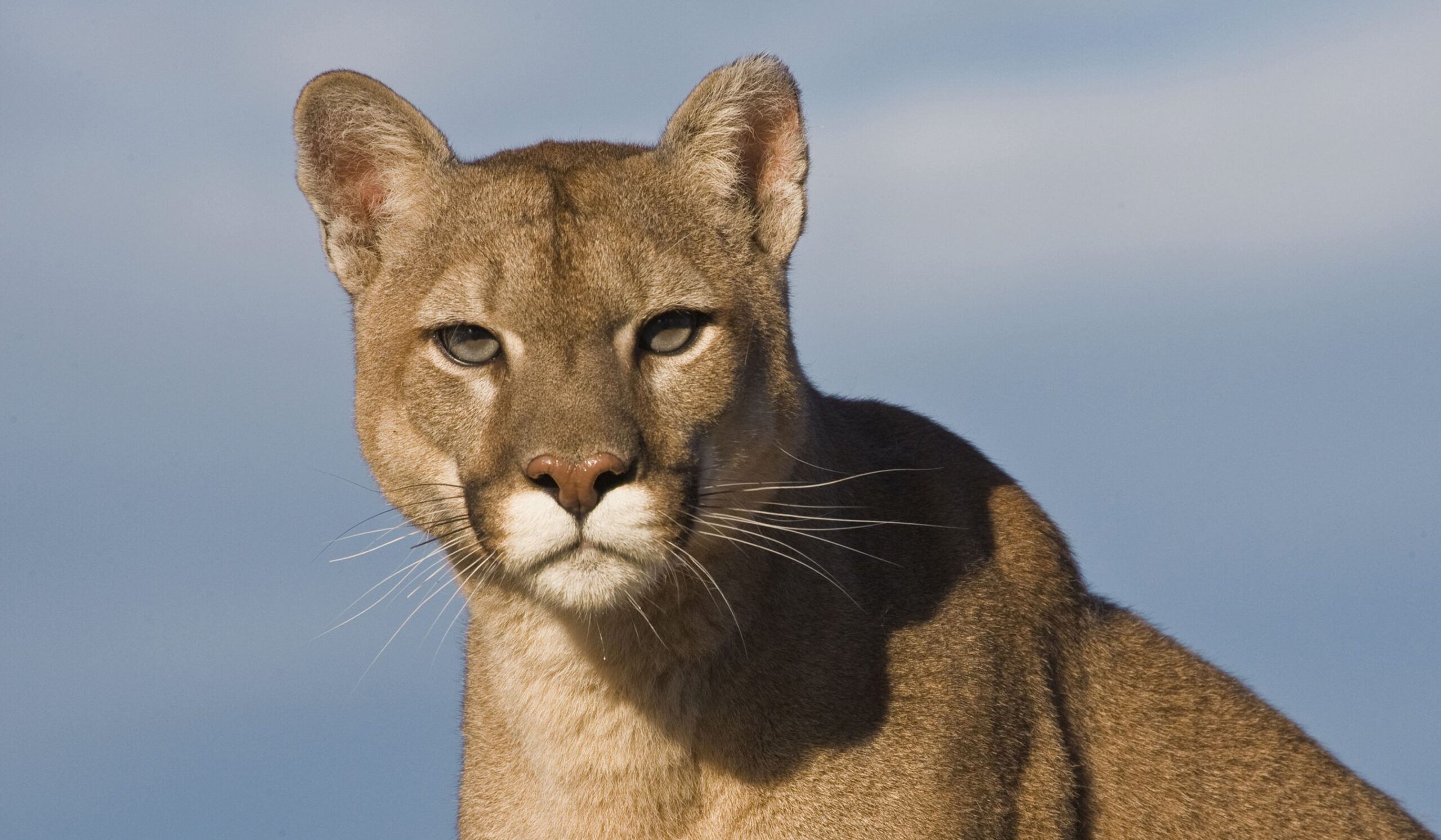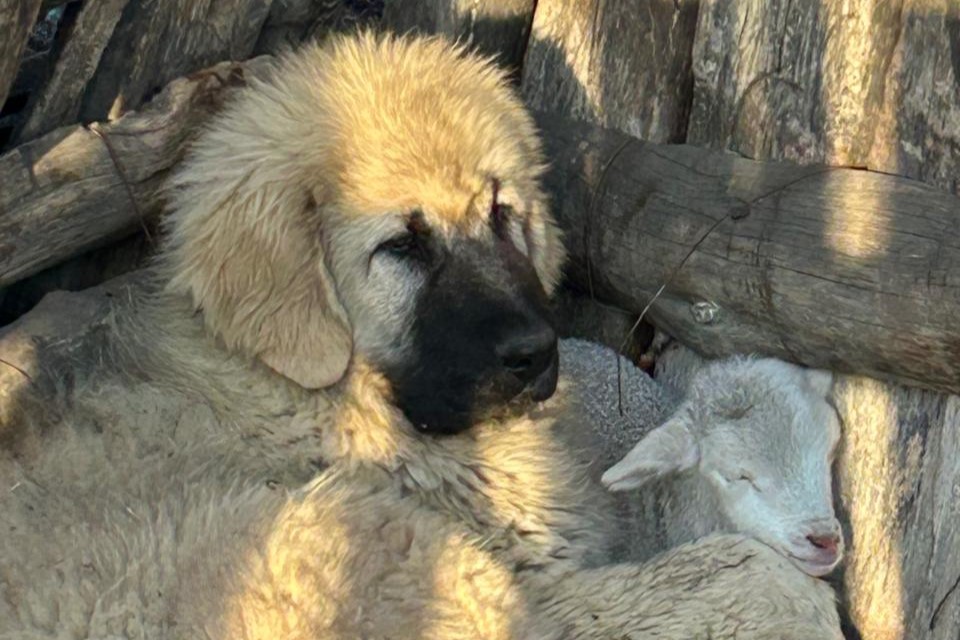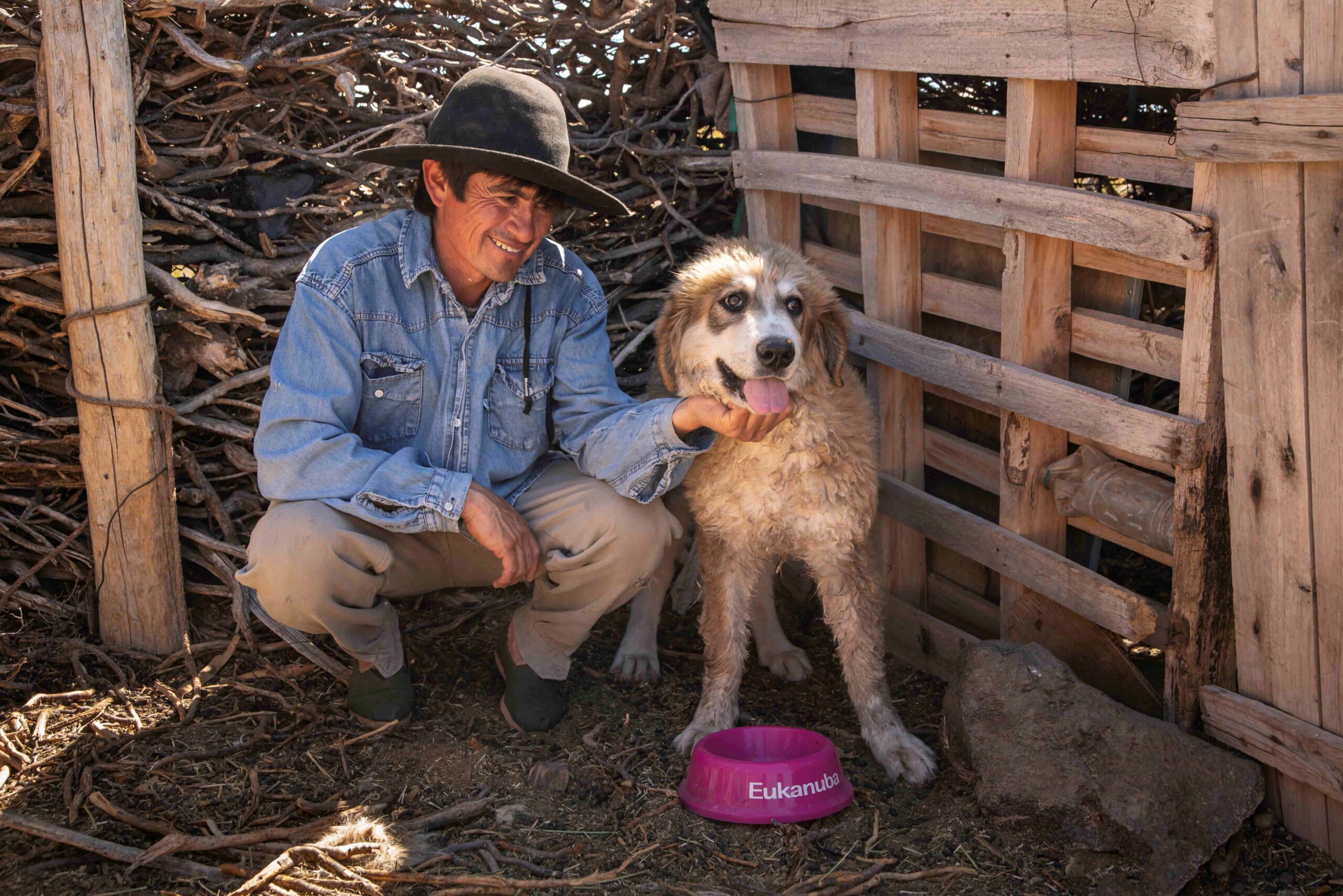This iconic Argentine feline plays an essential ecological role in the environment, but it also faces death in retaliation or as a preventive measure because its presence can pose a threat to livestock farming activities, particularly those related to the production of natural fibers. WCS Argentina promotes non-lethal deterrent methods of livestock protection, such as livestock guardian dogs, to achieve coexistence between productive activity and wildlife.
As part of International Puma Day, celebrated every August 30, WCS Argentina raises awareness about the role of this magnetic species and promotes the use of wildlife-friendly livestock protection methods.
The puma is the second largest feline on the continent, after the jaguar, and thanks to its agility and hunting skills, it can adapt to different altitudes and all types of habitats, from the jungle to the steppe. In Argentina, the puma is present in much of the territory and stands out as an apex predator: a carnivore at the top of the food chain that regulates ecosystems. In Patagonia, its main native prey is the guanaco; by hunting it, it controls the size of its populations. On the other hand, the remains of its prey are food for the Andean condor and other scavenger birds.
Historically, pumas have been a source of conflict for livestock farming, given that in areas with low densities of wild prey, the most common and abundant prey is livestock, mainly sheep and goats. This leads to reprisals against pumas, such as poisoning or hunting with traps or firearms.

“The conservation of the habitat and native wildlife community helps ensure that pumas do not have to shift their food consumption to livestock. At the same time, it is important to develop strategies that allow for the harmonious coexistence of wildlife and livestock production,” says Andrés Novaro, director of terrestrial conservation at WCS Argentina, an organization that in 2025 will celebrate 20 years of research and development of tools to promote coexistence between livestock and native carnivores, such as pumas, Andean cats, and foxes, in the Patagonian steppe and scrubland.
WCS Argentina promotes the use of non-lethal methods to protect livestock and supports livestock families in their implementation. For example, adding elements that deter carnivores from approaching, such as placing sound emitters and night lights in corrals, or incorporating livestock guardian dogs, tools that together have proven to be effective solutions.
As a result, natural fibers obtained from livestock farms that apply these types of alternative techniques, such as merino wool or mohair, can obtain Wildlife Friendly® international certification endorsed by WCS Argentina, a benefit that has increased their sales value in the textile industry by between 15 and 20%.
Dogs that help cats survive
“In August, we delivered four new livestock guardian dogs to rural areas of Neuquén and Mendoza as part of a project we carried out with the support of the Milkywire organization and the Eukanuba company. Based on research conducted by WCS Argentina, we identified these areas as key areas for wildlife conservation,” said María José Bolgeri, the organization’s regenerative management manager.

Through camera trap monitoring, in addition to pumas, WCS Argentina has recorded the presence of Andean cats, a critically endangered species, in the foothills of these provinces in recent years. This indicates that in areas with livestock guardian dogs, livestock predation is prevented without driving the carnivore away from the ecosystem of which it is a part. The producers selected to receive these puppies are committed to regenerative and wildlife-friendly livestock farming, pledging not to hunt, trap, or poison predators, as well as to ensure the dogs’ welfare.
Frequent or excessive killing of sheep and goats by pumas can be economically devastating for livestock farmers. According to research by WCS Argentina and the experiences of producers themselves, the use of livestock guardian dogs is an effective method of preventing these situations. These are dogs of specific breeds that are raised from a young age alongside livestock and, by their presence, mark territory and scare away carnivores.
Eighty-four percent of producers who adopt these types of measures believe that they effectively reduce their losses due to predation, and 89% of them have stopped hunting wild carnivorous animals and scavenger. In addition, by reducing livestock losses, producers are better able to adjust animal stocking rates, promoting pasture regeneration and ecological balance, and preventing soil desertification.
As part of this initiative, WCS Argentina manages a breeding facility for livestock guardian dogs in Malargüe, Mendoza, which are then given to producers interested in regenerative and wildlife friendly livestock management. Since 2005, the organization has introduced 88 livestock guardian dogs. In addition, over the past 20 years, it has supported the work of government agencies and producer associations that have introduced more than 150 dogs of their own.
